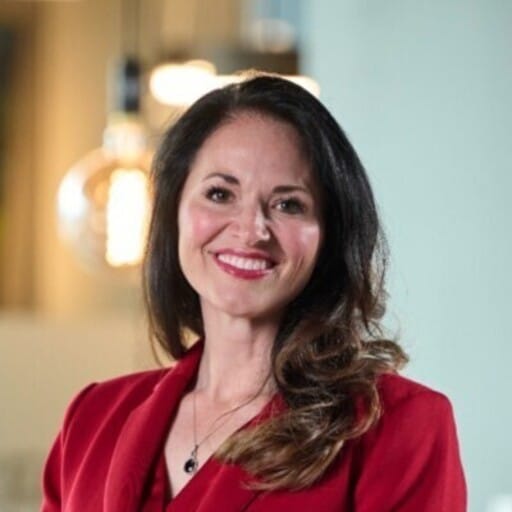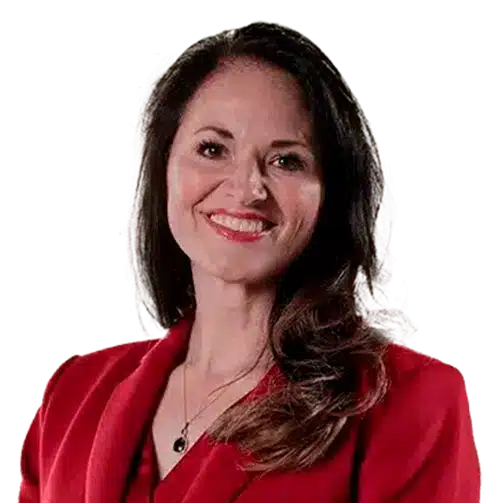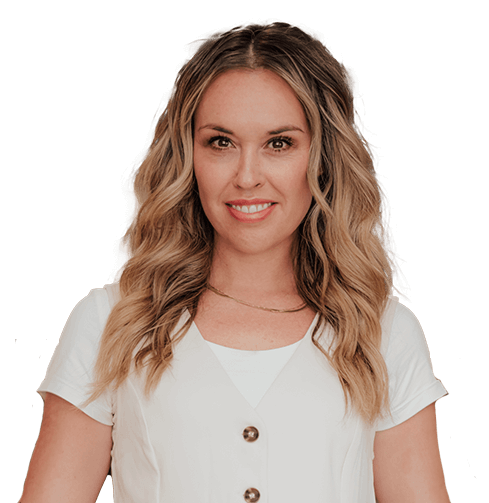Change is inevitable, but chaos doesn’t have to be! Successfully managing change isn’t just about reacting—it’s about planning, prioritizing, and bringing the right people into the conversation.
In this episode of Go-To-Market with Dr. Amy Cook, Clay Blanchard, RevOps expert and enterprise sales leader, discusses the challenges of organizational change and highlights the power of strategic prioritization, the positive impact of cross-functional collaboration, and the effect of data-driven decisions. If you want to navigate change management with confidence, this discussion is for you.
Read more: Nick Robin: What Should (and Shouldn’t) Be Centralized in RevOps
Here are some highlights:
Clay: Change is important. We always want to continue to improve our coverage model and refine the way we go to market. So change is good; change is positive, but I think often we overestimate the amount of change that an organization can digest at any given moment. Many change initiatives fail, not because the idea was bad, but because we tried to do it alongside six other major change initiatives, for instance, and so they all ended up falling down because we got a little too ambitious.
Amy: How do you prioritize initiatives?
Clay: It starts with awareness and open dialogue. We like to start with data. We use the Eisenhower matrix framework to quantify both the impact and the feasibility of a program or initiative and lay out the choices that we have as an organization. Make sure you’re building alignment so that when you finally do get to a list of prioritized initiatives, you feel like you’ve had a good discussion about it.
Also, before you go into the dialogue with your leadership team, especially in the go-to-market space, build some consensus around how much you can digest at any given time; have that discussion before you start talking about the actual ideas themselves so that you can build up.
Amy: Sounds like collaboration is key.
Clay: Yes, I think the difference between great teams and average teams is the degree to which everybody is rowing in the same direction. If you are rowing in perfect unison, your boat will go faster. I believe it’s worth the extra time it takes to maintain a collaborative culture. It has a cost associated with it, and that cost is time and effort.
Read more from Clay: The Art and Science of Optimizing Revenue
Through my experience with other companies, I’ve built a deeper appreciation for the value of that time and effort because you come out with more buy-in, more sponsorship, and more enrollment in a program. If the change is significant, if it’s a hard change, you really need that sponsorship and enrollment from everybody who’s going to be involved.
Amy: How much change is too much?
Clay: It depends on where you’re at as a business.
Click here for the full interview.




















